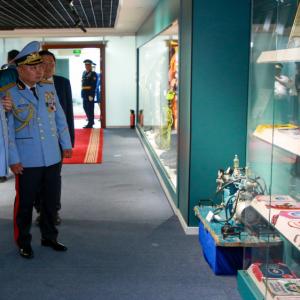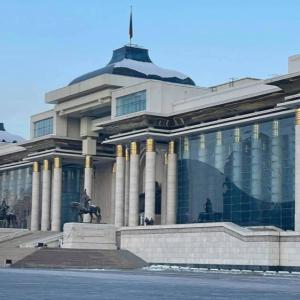A New Economic Pillar: Cultural and Creative Industry
Society
Ulaanbaatar /MONTSAME/. The cultural and creative industry is described as a big market which generates USD 2.2 trillion and employs over 29 million people in the research report by UNESCO.
It means that this industry is 6.4 times bigger than the mining industry by its export. Therefore, industry specialists believe that we can also benefit from our cultural creative industry by making use of it as one of our economic pillars.
The global art market is shared by North America, Europe, and Asia, according to Deloitte’s Art and Finance report. Especially, in Asia, China is leading the market with its architecture, cinemas, and ceramic arts, while South Korea is also considered one of the leaders by its singers, bands, movies, and television industry.
According to BFM television research, China’s box office revenue reached USD 7.3 billion in 2021. As of 2021, 697 movies have been made and currently, there are 82 thousand cinemas in China.
South Korean cultural export revenue was USD 500 million in 2000, and after 14 years, it reached USD 11.6 billion.
These examples indicate that the cultural and creative industry could have a significant impact on the economy with state policy support. Recent research showed that the cultural and creative industry would account for 10 percent of global GDP in near future. In 2020, the revenues generated from the film and video game industry were USD 234 billion and USD 173 billion, respectively. And this market will tend to be doubled within 5 years.
For Mongolia, the cultural and creative industry has generated USD 481.4 billion, accounting for 1.4 percent of GDP, and created 33 thousand of employment opportunities. Therefore, industry specialists believe that we can also benefit from our cultural creative industry by making use of it as one of our economic pillars. They also highlighted that national brand and tourism development could be leveraged by the cultural and creative industry.
“In
order to develop cultural and creative industry and expand our economy, we need
dedicated state policy and inter-sectoral collaboration”, the specialists
emphasized.

 Улаанбаатар
Улаанбаатар



















































































